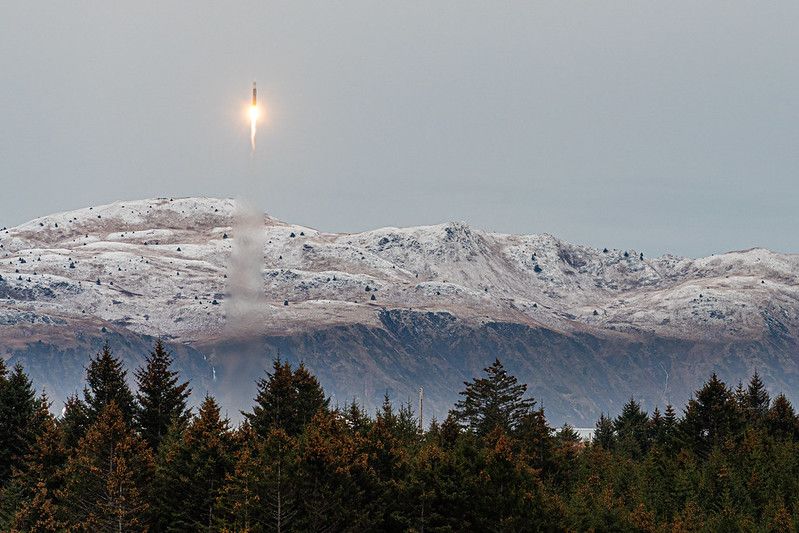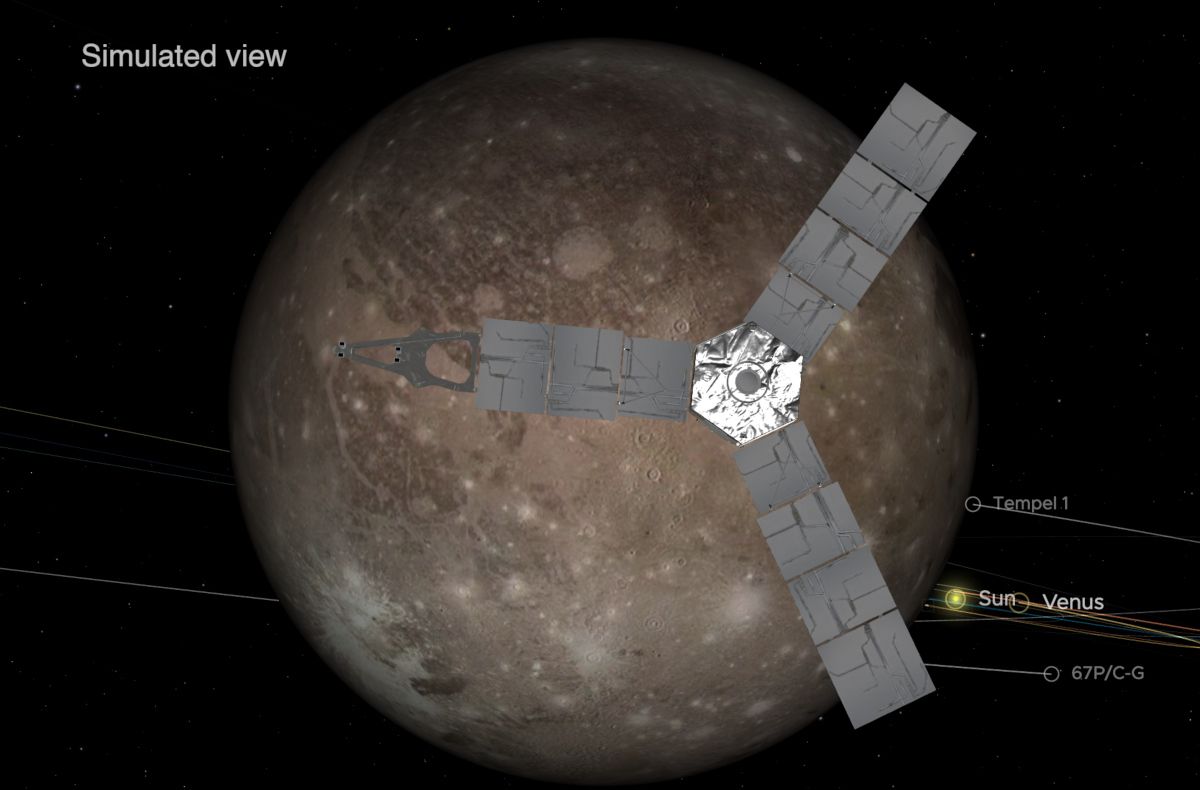[embedded content] Paul M. Sutter is an astrophysicist at SUNY Stony Brook and the Flatiron Institute, host of Ask a Spaceman and Space Radio, and author of How to Die in Space. Want to take a stab at unraveling the biggest mysteries of the cosmos? Let’s start by exploring the basics of cosmology, the study of our entire universe. Yes, that’s a real job — and yes, you can understand it, too. If you’d like to “bake” a universe, you need two essential ingredients and one optional ingredient. To get the…
Read MoreMonth: June 2021
NASA Selects Postdoctoral Program Research Support Contractor
NASA has selected Oak Ridge Associated Universities (ORAU) of Oak Ridge, Tennessee, to provide the agency with administrative support and coordination of research opportunities between NASA’s mission directorates and centers across the agency.
Read MoreThe ‘ring of fire’ solar eclipse of 2021 will look like the ‘Death Star’ in front of the sun, astronomer says
People across the Northern Hemisphere will be able to spot a “ring of fire” in the sky as an annular solar eclipse moves across our planet this Thursday (June 10). Solar eclipses happen when the moon moves directly between the sun and Earth, casting a shadow on our planet and blocking out at least some of the sun’s light. This Thursday at sunrise, we can look forward to an annular solar eclipse, which occurs when the moon is too far away from Earth in its elliptical orbit to completely block…
Read MoreRussia threatens to leave International Space Station program over US sanctions: reports
Russia’s space chief is threatening to leave the International Space Station (ISS) program in 2025 unless the United States lifts sanctions against the Russian space sector. “If the sanctions … remain and are not lifted in the near future, the issue of Russia’s withdrawal from the ISS will be the responsibility of the American partners,” Roscosmos Director General Dmitry Rogozin said during a Russian parliament hearing on Monday (June 7), according to NBC News. “Either we work together, in which case the sanctions are lifted immediately, or we will not…
Read MoreEarth Is a Water World
In this view from aboard the SpaceX Crew Dragon Endeavour, a pair of the International Space Station’s main solar seemingly arrays drape across the Earth’s horizon.
Read MoreAstra to acquire propulsion company Apollo Fusion for launches beyond low Earth orbit
Astra may make small rockets, but the company is dreaming big. The Bay Area launch startup announced on Monday (June 7) that it’s acquiring Apollo Fusion, a company that builds electric-propulsion spacecraft engines. The purchase price is $50 million — $30 million in stock and $20 million in cash, with the potential for an additional $95 million in “earn-outs” if Apollo Fusion meets some technical and revenue milestones. The move will allow Astra to deliver customer payloads to a much wider variety of destinations, company representatives said. “In addition to…
Read MoreHello, Ganymede! NASA’s Juno makes closest visit to Jupiter’s largest moon since 2000.
A NASA spacecraft made the closest flyby of Jupiter’s largest moon in 21 years on Monday (June 7). Juno whizzed by the icy moon of Ganymede safely at an altitude of just 645 miles (1,000 kilometers) at 12:56 p.m. EDT (1656 GMT). But we won’t get any images or other information for a while, as NASA typically tasks downloads to Earth when the spacecraft is less busy gathering data. “It’s our first close Ganymede flyby in 20 years! Stay tuned for images and science results,” the NASA Solar System Twitter…
Read MoreJune new moon 2021: See a ‘ring of fire’ solar eclipse as the moon goes dark
The new moon occurs Thursday (June 10) at 6:52 a.m. EDT (1052 GMT), and it brings with it a solar eclipse at least partially visible over a large part of the Northern Hemisphere. Two days later the moon makes a close pass to Venus, while an active meteor shower graces the predawn skies. Solar eclipses occur when the moon is directly between the Earth and sun, at the new moon. Technically, a new moon means the sun and moon share the same celestial longitude, a projection of the Earth’s longitude…
Read MoreNASA Highlights Winners of Challenge to Engineer Human Tissue
NASA will announce the first- and second-place winners of the Vascular Tissue Challenge, a prize competition to grow and sustain functioning human tissue in a lab, Wednesday, June 9.
Read MoreNASA to Air Briefing, Spacewalks to Install New Station Solar Arrays
Expedition 65 astronauts will conduct two spacewalks – one Wednesday, June 16, and the other Sunday, June 20 – to install new solar arrays to help power the International Space Station.
Read More
